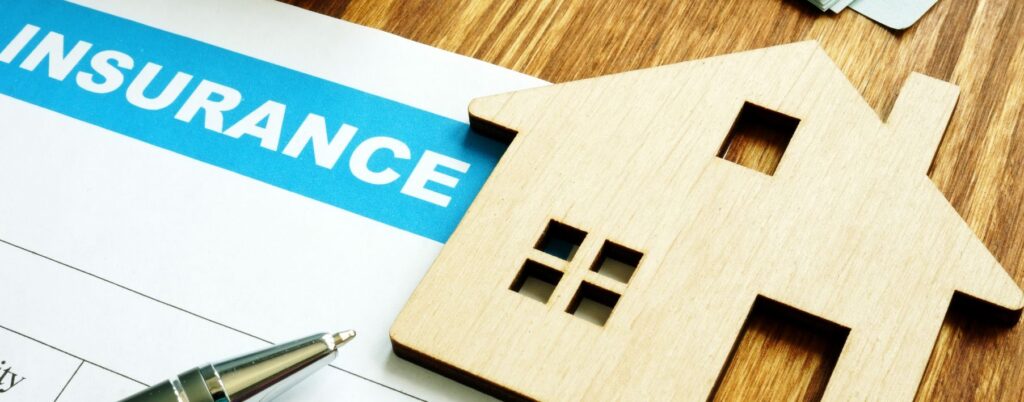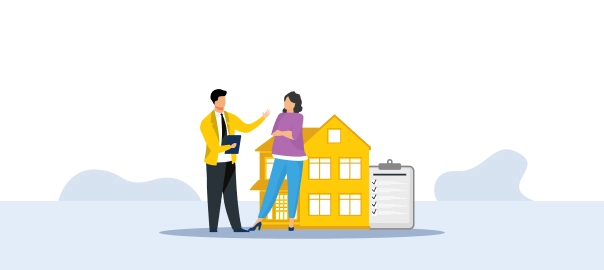Homeowners insurance is a crucial safeguard that protects your home and personal belongings from unexpected events like fire, theft, or natural disasters. Beyond just covering property damage, it also provides liability protection in case someone gets injured on your property. Policies can vary, offering different levels of coverage for structural repairs, temporary living expenses, and even specific valuables like jewelry or electronics.
Choosing the right homeowners insurance requires assessing your home’s value, potential risks, and any additional coverage you may need to ensure peace of mind.
Different Types of Homeowners Insurance Policies

When selecting a homeowners insurance policy, it’s essential to understand the different types of coverage available. Most standard policies include dwelling coverage, which pays for repairs or rebuilding costs if your home is damaged, as well as personal property coverage to protect belongings inside the house.
Additionally, liability coverage helps if you’re sued for injuries or property damage caused by you or your family members. Some policies also offer additional living expenses (ALE) coverage, which helps pay for temporary housing if your home becomes uninhabitable.
To ensure adequate protection, homeowners should regularly review their policy, update coverage as needed, and consider endorsements for high-value items or specific risks not covered by a standard policy.
Homeowners Insurance Comes in Several Forms, Each Catering to Different Property Types and Coverage Needs:
- HO-1 (Basic Form): Offers minimal coverage, protecting against specific named perils.
- HO-2 (Broad Form): Provides broader protection, covering more named risks than HO-1.
- HO-3 (Special Form): The most common policy, covering all perils except those specifically excluded.
- HO-4 (Renter’s Insurance): Designed for tenants, covering personal belongings and liability.
- HO-5 (Comprehensive Form): Offers extensive coverage with fewer exclusions and higher protection limits.
- HO-6 (Condo Insurance): Covers the interior of a condominium unit and personal property.
- HO-7 (Mobile Home Insurance): Tailored coverage for mobile and manufactured homes.
- HO-8 (Older Home Insurance): Specifically for historic or aging homes that may not qualify for standard policies.
Key Coverage Areas of Homeowners Insurance
A standard homeowners insurance policy includes multiple coverage components:
1. Dwelling Protection
Covers the physical structure of your home, including walls, roof, and built-in fixtures, against covered perils like fire, windstorms, and vandalism.
2. Personal Property Coverage
Protects belongings such as furniture, electronics, and clothing from covered risks like theft or fire damage.
3. Liability Protection
Provides financial coverage if someone is injured on your property or if you accidentally cause damage to others’ property.
4. Additional Living Expenses (ALE)
Pays for temporary housing and living costs if your home becomes uninhabitable due to a covered event.
What Homeowners Insurance Does Not Cover
Although homeowners insurance provides broad coverage, there are exclusions:
- Flood and Earthquake Damage: Requires separate policies.
- Wear and Tear: Routine maintenance and aging-related damage are not covered.
- Pest Infestations: Termite, rodent, or other pest damage is excluded.
- Intentional Damage: Any harm caused deliberately is not covered.
How to Choose the Right Homeowners Insurance Policy

Selecting the best insurance policy requires considering several factors:
- Coverage Limits: Ensure your policy covers the full rebuilding cost of your home and replacement of personal items.
- Deductibles: Choose a deductible that balances affordability with potential savings.
- Insurer Reputation: Research providers’ financial stability, customer service ratings, and claims processing efficiency.
- Discounts and Savings: Many insurers offer discounts for bundling policies, installing security systems, or maintaining a claim-free record.
Factors Affecting Homeowners Insurance Premiums
Several factors influence the cost of homeowners insurance:
- Location: Homes in high-risk areas (e.g., flood zones or hurricane-prone regions) have higher premiums.
- Construction Materials: Brick homes are generally cheaper to insure than wood-frame structures.
- Claims History: A history of frequent claims can raise premiums.
- Credit Score: Many insurers consider credit scores when calculating rates.
Conclusion: Protect Your Home with the Right Insurance Policy
Homeowners insurance is a crucial safeguard against financial loss due to unexpected damages and liabilities. By carefully comparing policies, understanding coverage options, and utilizing discounts, you can find the best protection for your home and family. Investing in a comprehensive insurance plan ensures peace of mind and long-term security for your most valuable asset.
Frequently Asked Questions About Homeowners Insurance
1. Is Homeowners Insurance Required?
1. Is Homeowners Insurance Required?While not legally required, mortgage lenders typically mandate homeowners insurance to protect their investment.
2. How Much Coverage Do I Need?
Your policy should cover the full cost of rebuilding your home and replacing personal belongings in the event of a total loss.
3. Does Homeowners Insurance Cover Mold Damage?
Coverage depends on the cause—if mold results from a covered peril, such as a burst pipe, it may be included. Mold due to neglect is generally excluded.
4. Can I Switch Homeowners Insurance Providers?
Yes, you can switch insurers at any time. However, doing so at the end of your policy term helps avoid potential cancellation fees.
5. Does Homeowners Insurance Cover Roof Leaks?
If the leak is caused by a covered peril like a storm, insurance may cover repairs. However, damage due to aging or poor maintenance is usually excluded.
6. How Can I Lower My Homeowners Insurance Premium?
Reduce costs by:
Bundling home and auto insurance policies.
Raising your deductible.
Installing security and fire safety systems.
Maintaining a strong credit score.